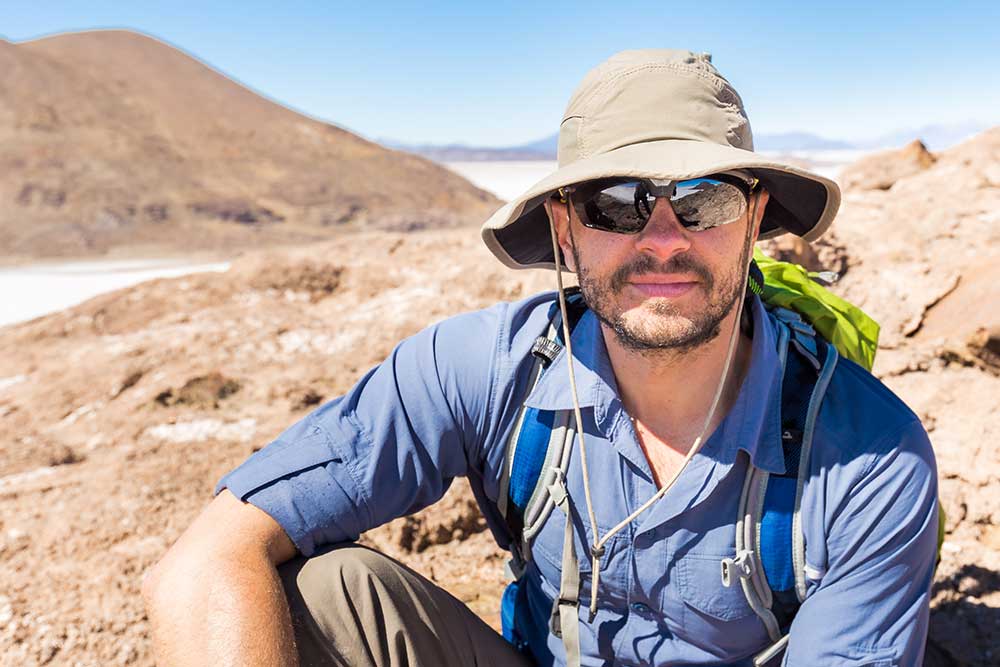All Categories
Featured
Table of Contents
Gravity Geophysical Survey Method in Como Australia 2021
Connect with MBA programs seeking prospects like you. Research study. Link with master's programs around the country to get an edge over the competitors.

A geophysicist research studies numerous elements of the earth. Watch a video to learn what a geophysicist: Geophysicists should earn a minimum of a bachelor's degree; nevertheless, this is for an entry-level position.
If you want research you should pursue a Ph. D. Undergrad coursework usually consists of geology, mathematics, ecological science, or physics. Postgraduate degree require more specific studies in the specialty of choice. Locations can include oceanography, atmospheric physics, meteorology, planetary, petroleum, environmental, and mining. Task potential customers are higher if you have a strong background in computer technology or innovation.
Airborne Geophysical Measurements in Walliston Australia 2021
Access to these chances might be restricted depending on where you live; however, internships or summer programs with geophysical business, university geophysics department, or the U.S. Geological Study can be choices. You can discover a list of a list of opportunities on the United States Geological Survey (USGS) websites' Pathway Programs tab (opens in another link).
Geophysicists likewise work with computers while researching, so computer courses can likewise be valuable, as discussed previously in this article. Numerous geophysicists specialize in an area of geophysics.
A geophysicist's responsibilities can consist of determining, tracking, and documenting information from various physical properties on earth. Geophysicists typically have to travel worldwide to examine geological occasions that have occurred or might have been predicted.
Geophysical Survey in Kalamunda Western Australia 2023
Jay Wellik, a geophysicist, studies volcanos. Geophysicists usually work full-time hours; however, they often work irregular hours, as mentioned formerly.

You can discover additional details about Geophysicists in addition to additional instructional materials on the U.S. Geological Survey site (links open in a new window). Laura Stern, of the U.S. Geological Survey at the Gas Hydrates Laboratory in Menlo Park, California: We make a number of various hydrates in the laboratory.
We also make carbon dioxide hydrate, ethane hydrate, propane, a number of various structures. It's about 100 degrees colder than the temperature at which these hydrate samples would dissociate, when they would decay to ice plus gas on the tabletop.
Career Opportunities In Geology in Attadale WA 2020
So the samples we make, their polycrystalline. They appear like snow, it looks like compacted snow however honestly, it does consist of gas inside. Take a little piece off here and as it heats up, you'll begin to see it pop. It's reverting to ice plus gas and then as the ice would melt as it continues to warm, it will wind up being water plus gas.
My name is Steve Kirby, I'm a Geophysicist here at the U.S. Geological Survey in Menlo Park. I work with Laura Stern who is likewise a Geophysicist in this laboratory that adheres towards the investigation of planetary ices and gas hydrates. Gas hydrates in nature occur in extremely remote locations and they are really intricate with the interactions and conditions that they form under and samples that are raised are under some sort of alternation or decay.
This is an unusual lab and there are just a handful of them worldwide and we are very fortunate to be here at the Geological Study and to have the chance of working on them. Bureau of Labor Stats, U.S. Department of Labor, Occupational Outlook Handbook, Geoscientists. National Center for O * Web Development.
Marine Geophysicist - Explore The Seafloor in Hocking Australia 2023
This video was produced by the government for the U.S. Geological Survey. The USGS Gas Hydrates Laboratory is funded by the Department of Energy and the USGS Gas Hydrates Job.
Latest Posts
Geophysicist Jobs in North Perth Australia 2021
Geophysical Survey Definition in Warnbro Western Australia 2021
What Is Geophysics? in Carlisle Australia 2020